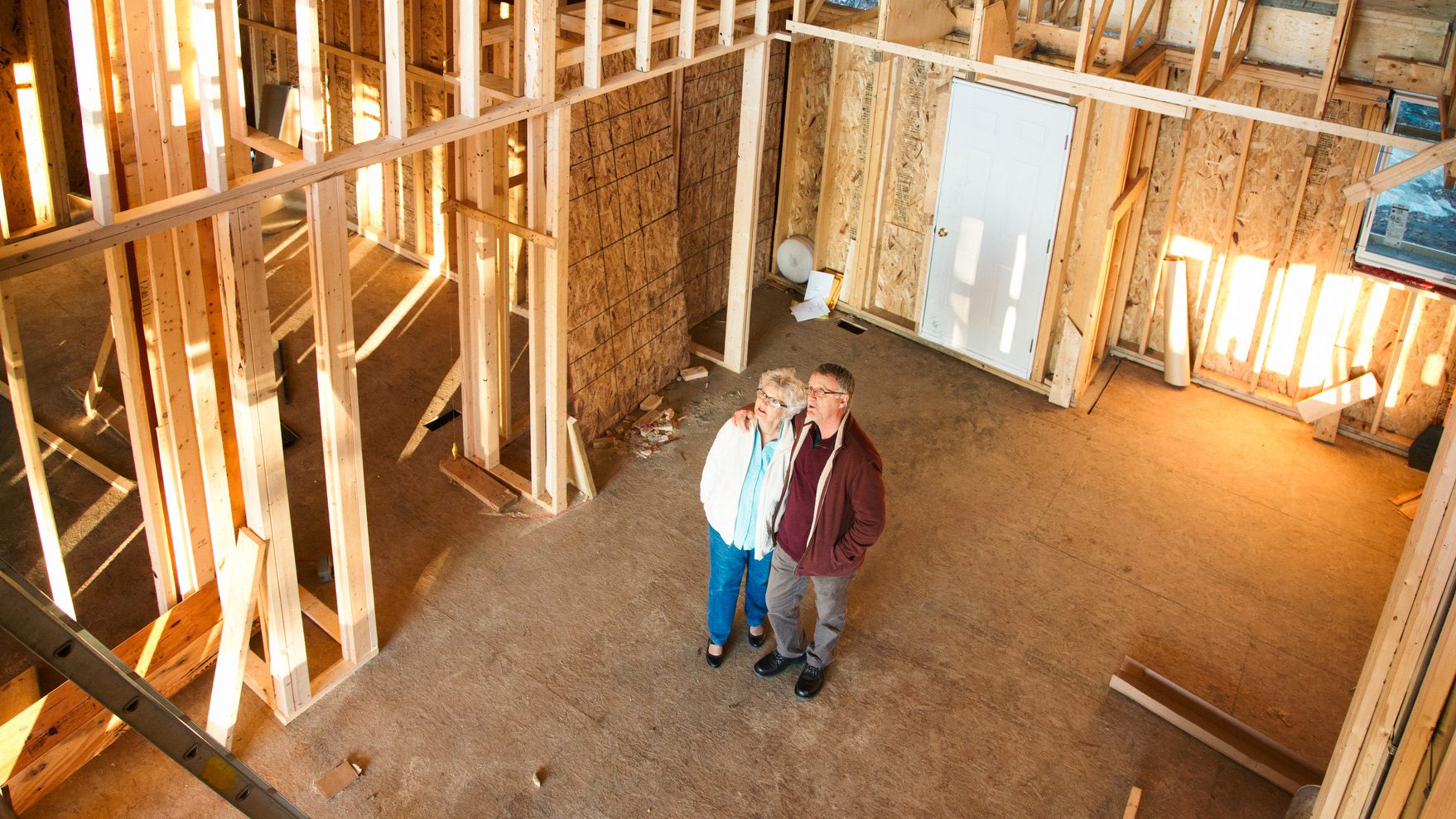
NicolasMcComber/Getty Images
The numbers: Sales of newly-constructed homes in the U.S. dipped 4.4% on a monthly basis in February to a seasonally-adjusted annual rate of 765,000, the government reported Tuesday.
January’s upwardly-revised figure represented the highest pace of new-home sales since June 2007, marking a cycle high for the U.S. real-estate industry.
Compared with February 2019, new-home sales increased 14.3%, and February itself was the second-highest month for new-home sales since 2007. Notably, the new-home sales report is prone to major revisions because of the small sample size used to produce it.
What happened: The median sales price of new homes sold in January was $345,900. The inventory of new homes for sale dropped to 319,000, representing a 5.0 months’ supply and surpassing January as the lowest supply of new homes on the market since 2017.
Sales volumes varied significantly from region to region. The West saw a 17% decline in new-home sales, while the Midwest experienced a 7% decrease. Meanwhile, the Northeast experienced a 39% jump in sales, while sales rose 1% in the South.
The big picture: While new-home sales dipped in February, relatively speaking, sales volume was still quite strong and near the cycle-high. As with the data for housing starts last month, the decrease was largely reflective of the weather. February saw a lot of precipitation when compared with January and December, which likely depressed turnout among buyers.
A combination of factors has buoyed home builders in recent months. The inventory of existing homes for sale has been quite constrained for some time now. Meanwhile, demand among home buyers has been pent-up — and grew thanks to the low mortgage rate environment that has remained since last summer.
But the good times aren’t expected to keep on rolling. The coronavirus outbreak will have a major impact on home-sales volume as people stay home in accordance with government orders. The hit to the economy will also affect people’s confidence in making such a large purchase — and for some, it could make it impossible to buy a home if they lost their job or if their down payment funds were invested in the stock market.
What they’re saying: “Housing demand majorly dampened this month particularly against a backdrop of social distancing and the COVID-19 pandemic,” Priscilla Thiagamoorthy, economist at BMO Capital Markets, wrote in a research note.
Market reaction: The Dow Jones Industrial Average and the S&P 500 both rebounded in Tuesday morning trading on the hopes of a congressional stimulus package being passed. The yield on the 10-year Treasury note 0.850% similarly increased.
However, shares of home-building firms PulteGroup, LGI Homes, and Lennar Corp. all rose Wednesday morning.
The post New-Home Sales Drop 4.4% in February From January’s 13-Year High appeared first on Real Estate News & Insights | realtor.com®.
